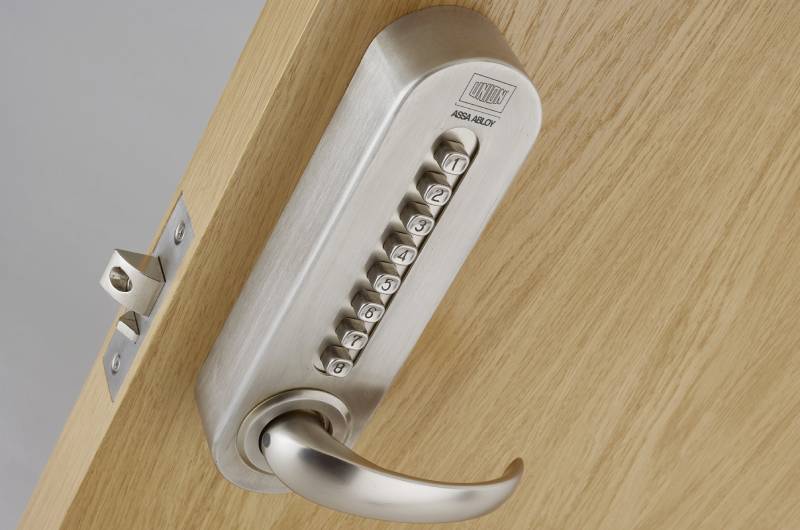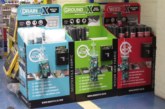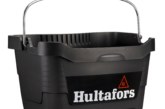
Craig Birch, Product Category Manager at UNION, discusses why the latest changes to BS 8607 means new, security-focused push button locks can complement digital systems and outlines the new sales opportunities these can present for merchants.
Mechanically-operated push button locks are used in buildings around the world to help manage access control at a site, as well as protect assets and people. The latest changes to BS 8607 — the standard governing mechanically-operated push button locks — have seen the arrival of grade 5.
This is the newest and most stringent level for delivering assured security and access control from push button locks. But what does it offer that grade 4 — previously the highest grade for BS 8607 — does not?
Security as standard
Both grade 4 and grade 5 of BS 8607 stipulate that products meeting these standards must be suitable for ‘applications where security, abuse and usage levels are expected to be equivalent to BS 3621’, which relates to thief-resistant locks. Products for both grades 4 and 5 also undergo a General Vulnerability Assessment, using tools such as vice grips, cordless drills, picking tools, chisels and wedges.
The difference between the two grades, then, is that devices rated grade 4 can only achieve this standard with the help of an integral additional locking unit. So with a grade 4 product, users must lock and unlock the solution from the inside with a key, and then operate the push button lock from the outside to unlock the door.
In contrast, a push button lock that meets grade 5 standards provides a ‘one-stop’ security and access control solution; one that does not require a separate locking unit. With a grade 5 product, the latch and lock are integrated and tested together, without the need for an additional key.
This means that, when it shuts, a grade 5 solution automatically locks. Then, should a user need to exit a room, it is simply a one handle operation to unlock the door.
While it is intended that both grade 4 and 5 devices offer the same resistance to attack and it is simply the way it is locked that is different, the fact that a user has to physically lock a door themselves with a grade 4 product means the technology is reliant on key holders to secure the premises themselves.
With a grade 5 solution, security is assured as the door will automatically lock.
Strength and durability
One of the key benefits to a grade 5 device is that, because they offer a far higher level of security, these products can be deployed in more demanding areas where networked digital solutions may not be suitable.
For instance, doors that need securing in external perimeter boundaries are often located far from estates offices. This can mean monitoring and maintaining a digital device can be a challenge. In contrast, a grade 5 push button lock can deliver high levels of security, with minimal maintenance — an angle that builders’ merchants can promote to customers.
Many digital devices are also not able to withstand the demands of harsh environments, where extreme temperatures, corrosive spray and airborne dust might be the norm. These hazards could damage an electronic unit’s housing, potentially resulting in the device failing. In such situations, highly durable push button locks can offer invaluable levels of access control and security.
Finally, grade 5 push button locks are also appropriate for installations where doorway abuse is likely. For staff that need to easily enter and exit areas, while ensuring members of the public stay on one side of the door, a grade 5 product offering keyless egress is an ideal solution.
By integrating these easy-to-operate mechanical solutions with digital access control systems, it is possible to ensure site security while also meeting the challenge presented in areas open to the general public too.
Upselling opportunity
In conclusion, a grade 5 product can help meet the security and access control needs of almost any kind of application or environment. This presents a real sales opportunity for merchants looking to offer solutions that balance both security and access control.
Merchants have the opportunity to upsell to higher grade security solutions, increasing basket spend for customers and profit for themselves. Therefore, it is vital to be aware of the latest standards, such as BS 8607, so that merchants can educate their customers.
For more information from Union on the new grade 5 standards for BS 8607, click here: www.uniononline.co.uk/codeguard5









